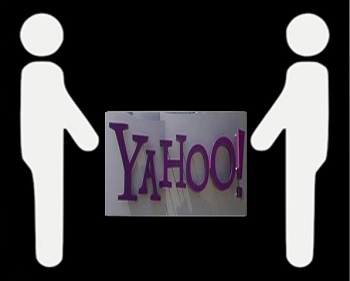Denny |
February 20, 2014
This recent news development will bring the latter company’s platform to a close on March 30.
In a recent news posting on the Distill website, it has announced that it has been acquired by Yahoo, in a move that many in the industry are assuming that has a great deal more to do with obtaining the mobile marketing talent from that company anything much else.
The platform for the company will remain fully operational through March 30.
The Distill service had been in a private beta phase and had been working with companies such as Box and Disney. Now, Yahoo has purchased this startup, which has come up with a collaborative system based on video, which is targeted at hiring technical talent. However, instead of putting that approach to use for drawing their own engineers, Yahoo plans to shut down the company altogether and simply hire the leading engineers who worked there in order to work on mobile marketing development.
The terms of this acquisition (which is also seen as a mobile marketing deal) have not yet been released.
About five months ago, Distill had just finished securing investments worth $1.3 million and had developed and created a system that made it possible for a potential new hire, such as an engineer, to be interviewed through a video conversation comparable to Skype. What made it stand out from a standard video conversation is that it could provide programming challenges to the candidate during the interview, itself.
Therefore if the interviewee was, for example, a graphic designer, then the video interview would be able to include a collaborative walk through of a portfolio so that its contents could then be discussed.
As the interview can be scheduled online and the prospect is sent a direct link in order to “meet” with the prospective employer, there is no need for exchanging user names or other contact details.
The engineers from Distill, who will now be working for the purpose of mobile marketing at Yahoo, have also worked on other major projects such as Tapjoy, which is a smartphone ad platform that is performance based.
BWild |
February 13, 2014
This not only indicated that mobile advertising is going mainstream, but that specific techniques are the most worthwhile.
It came as no surprise that mobile would play an important role in the advertising that went on at Super Bowl 2014, but the popularity and success of location based marketing was considered to be a highly notable trend, this year.
This data has now been released following the first massive advertising event of the year.
Social media marketing had already been expected to play an important role, this year, and it certainly did. The Super Bowl ads were riddled with opportunities for viewers to take part in interactive campaigns. But it appears to be the location based marketing techniques that truly took the cake throughout the event, particularly due to additional efforts such as the wireless beacons that were installed by the NFL within the stadium as well as in areas such as Times Square.
This gave fans the opportunity to take part in location based marketing campaign interactions.
The techniques gave the fans the ability to do everything from finding the nearest bathroom to discovering the closest place where they could purchase licensed Seahawks gear. So far, this is likely the largest mainstream event to use wireless transmitters specifically for this type of advertising purpose. That said, it doesn’t look like it’s going to stop.
The success of the event only secured the intentions of the MLB to add its own beacons, but this will also be occurring outside of sports advertising. American Eagle Outfitters and Macy’s have also announced their own campaigns that will involve the use of beacons.
This type of hyper location based marketing helps to target consumers at precisely the best possible time to reach them to shop for products when they are already thinking about that type of purchase, and when they are most ready to pay attention to deals for products and to learn about additional items that are available.
While this isn’t necessarily a brand new concept, it is becoming truly mainstream for the first time due to the widespread use of smartphones, using techniques such as geofencing, geoaudiencing, and geoconquesting, among others.



